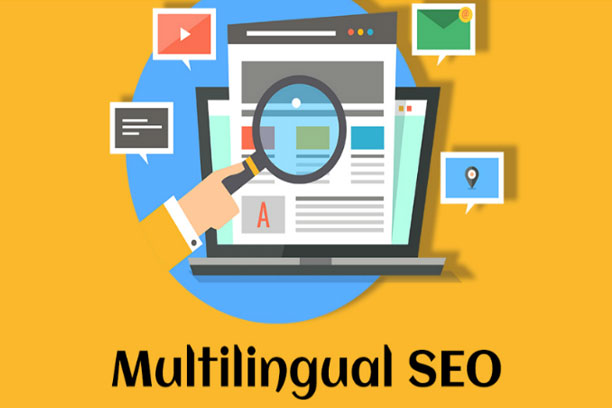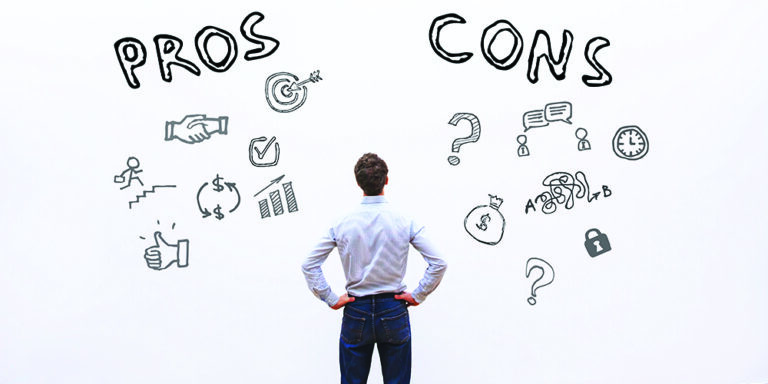10 Essential Techniques for Crafting SEO Optimised Content

Creating content that ranks well in search engine results is crucial for businesses and individuals looking to maximize their online visibility. Search Engine Optimization (SEO) plays a pivotal role in ensuring that your content reaches the right audience and drives traffic to your website. However, crafting SEO optimised content requires more than just sprinkling keywords throughout your text. It involves a strategic approach that focuses on providing value to both users and search engines. In this article, we’ll explore ten essential techniques for crafting SEO optimised content that will help you climb the search engine rankings and attract more visitors to your site.
Introduction to SEO Optimised Content
In the digital age, where the internet is saturated with content, having a solid understanding of SEO is crucial for anyone creating content online. SEO optimised content is designed to rank higher in search engine results pages (SERPs), making it more visible to users searching for relevant information. By incorporating SEO best practices into your content creation process, you can increase your chances of being discovered by your target audience and driving organic traffic to your website.
Understanding Keywords and Their Placement
Keywords are the foundation of SEO optimised content. They are the words and phrases that users enter into search engines when looking for information online. Conducting thorough keyword research and strategically placing keywords throughout your content can help improve its visibility and relevance to search queries. However, it’s essential to use keywords naturally and avoid overstuffing your content, as this can negatively impact the user experience and lead to penalties from search engines.
Creating Compelling Headlines
The headline is the first thing users see when they encounter your content, so it’s crucial to make it attention-grabbing and compelling. A well-crafted headline not only entices users to click on your content but also plays a significant role in SEO. Including relevant keywords in your headlines can improve your content’s visibility in search results and increase click-through rates.
Structuring Content for Readability and SEO
The way you structure your content can have a significant impact on its readability and SEO performance. Organising your content into clear sections with descriptive subheadings makes it easier for users to navigate and digest. Additionally, using proper formatting techniques such as bullet points and numbered lists can enhance readability and signal to search engines that your content is well-organized and authoritative.
Utilising Meta Descriptions Effectively
Meta descriptions provide a brief summary of your content and appear below the headline in search engine results. While meta descriptions may not directly impact your content’s ranking, they can influence click-through rates and user engagement. Crafting compelling meta descriptions that accurately reflect the content of your page can improve its visibility in search results and encourage users to click through to your site.
Optimising Images and Multimedia
Incorporating images and multimedia elements into your content can make it more engaging and visually appealing to users. However, it’s essential to optimize these elements for SEO by including descriptive alt text, file names, and captions. This not only improves accessibility for users with disabilities but also provides search engines with valuable context about the content of your images.
Incorporating Internal and External Links
Links are the currency of the internet and play a crucial role in SEO. Internal links help users navigate your site and establish a hierarchy of information, while external links signal to search engines that your content is credible and authoritative. By strategically incorporating both internal and external links into your content, you can improve its SEO performance and provide additional value to your audience.
Maintaining Fresh and Relevant Content
Search engines favor fresh and relevant content, so it’s essential to regularly update your website with new information and insights. This not only signals to search engines that your site is active and authoritative but also provides value to your audience by keeping them informed and engaged. Additionally, updating existing content can help improve its visibility and relevance in search results.
Understanding and Utilising User Intent
User intent refers to the underlying motivation behind a user’s search query. By understanding the intent behind different search queries, you can create content that addresses the needs and interests of your target audience. This not only improves the relevance of your content to search queries but also enhances the user experience and increases engagement with your site.
Regularly Monitoring and Updating Content
SEO is an ongoing process, and it’s essential to regularly monitor and update your content to ensure it remains relevant and effective. Using tools like Google Analytics and Search Console, you can track the performance of your content and identify areas for improvement. By regularly monitoring and updating your content based on user feedback and performance data, you can maintain its visibility and relevance in search results.
Engaging with Social Media for Content Promotion
Social media plays a significant role in SEO by driving traffic to your website and increasing brand awareness. By sharing your content on social platforms and engaging with your audience, you can amplify its reach and attract more visitors to your site. Additionally, social signals such as likes, shares, and comments can indicate to search engines that your content is valuable and deserving of higher rankings.
Leveraging Long-Form Content for SEO
Long-form content, such as in-depth articles and comprehensive guides, tends to perform better in search engine results than shorter pieces. By providing comprehensive and authoritative information on a particular topic, you can attract more backlinks and establish your site as a trusted resource in your niche. However, it’s essential to maintain high-quality standards and ensure that your long-form content is well-researched, well-written, and engaging.
Implementing Schema Markup for Enhanced Visibility
Schema markup is a form of structured data that provides additional context about the content of your website to search engines. By implementing schema markup, you can enhance the visibility of your content in search results and improve its chances of being featured in rich snippets and other SERP features. This can help increase click-through rates and drive more organic traffic to your site.
Optimising for Mobile and Voice Search
With the rise of mobile devices and voice-activated assistants, optimising your content for mobile and voice search is more important than ever. This includes ensuring that your website is mobile-friendly, optimising page load times, and creating content that answers the specific questions and needs of mobile users. By catering to the unique preferences and behaviors of mobile and voice search users, you can improve your content’s visibility and relevance in search results.
Conclusion
Crafting SEO content is essential for anyone looking to maximize their online visibility and attract more visitors to their website. By following the ten essential techniques outlined in this article, you can improve your content’s visibility, relevance, and engagement in search engine results. Remember to focus on providing value to your audience, staying up-to-date with the latest SEO trends and best practices, and continuously monitoring and optimising your content for maximum impact.




